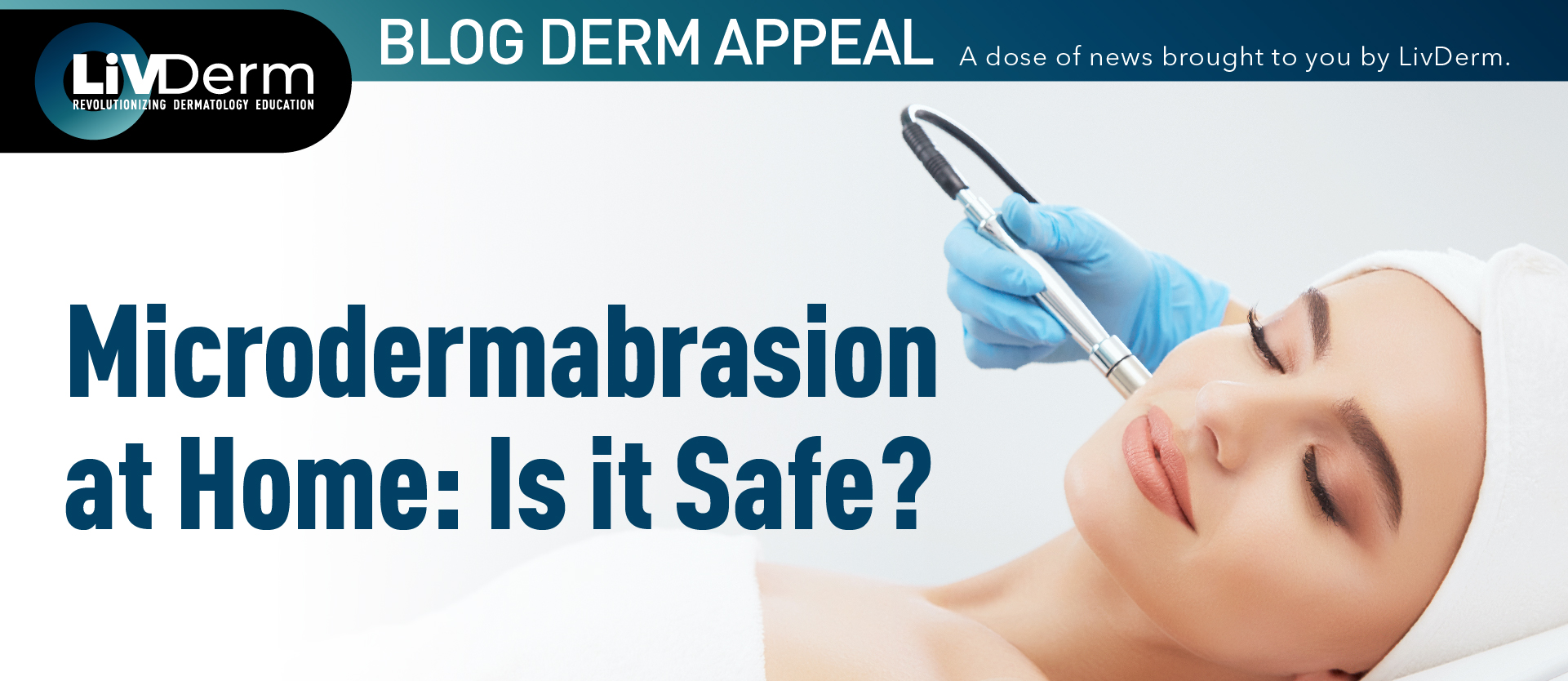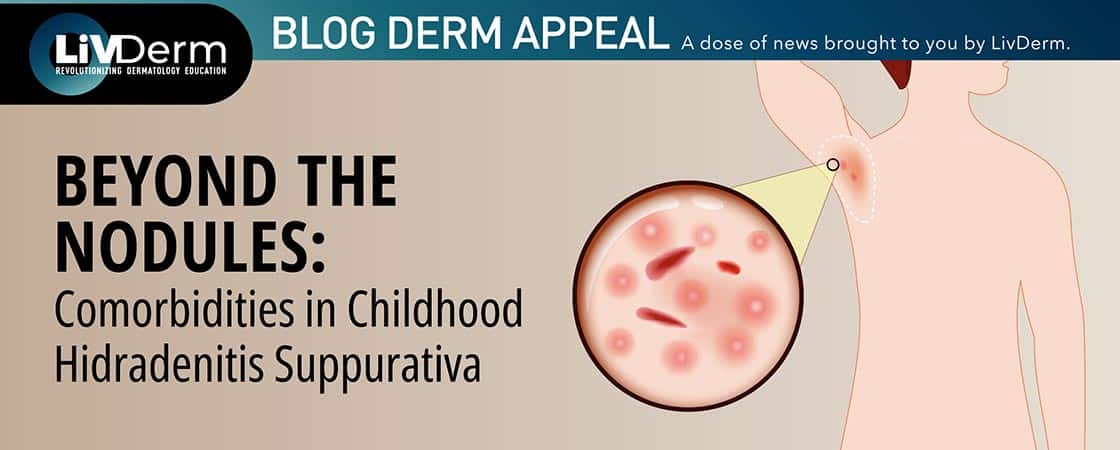When performed by a licensed dermatology provider in a medical office, microdermabrasion has an excellent safety record and very little risk of side effects or complications. Recent availability of at-home microdermabrasion products and devices, paired with the do-it-yourself movement and abundance of tutorial videos available, have resulted in more patients being interested in performing microdermabrasion treatments themselves at home.
Medical microdermabrasion
Microdermabrasion is a noninvasive cosmetic procedure that works by removing the top layer of skin using a combination of abrasion and suction. According to the American Academy of Dermatology, microdermabrasion services performed in a dermatologist’s office appeal to many patients who suffer from dull complexion, uneven skin tone or texture, age spots or dark spots, post-acne marks, and melasma. Medical-grade microdermabrasion devices have a biologic effect on skin cells; intense negative vacuum pressure removes debris and stimulates cell production.
Microdermabrasion at salons or spas
A microdermabrasion service at the spa or salon cannot deliver the same medical-grade results an in a dermatologists office, because the devices available to non-medical practitioners are not as powerful. Still, services performed by a licensed aesthetician will still likely yield good results and have very little risk of side effects. Clients should make sure they patronize salons and spas with good reputations that follow all sanitizing and safety protocols set forth by both the federal (U.S. Food and Drug Administration, Department of Labor’s Occupational Safety and Health Administration, and Environmental Protection Agency) as well as city and state local guidelines.
At-home microdermabrasion
Unlike laser treatments, certain peels, and injectables, microdermabrasion is relatively safe dermatologic procedure for patients to perform themselves. At-home results will be milder because microdermabrasion machines used in a licensed dermatologist’s office have stronger abrasion and suction capabilities than retail devices. Like microdermabrasion performed in salons and non-medical spas, when performed by patients themselves it will have a higher risk of side effects, skin irritation, damage and scarring, than when performed by a dermatologist in an medical setting.
Contraindications
Although microdermabrasion is considered a safe, noninvasive procedure, individuals who scar easily, have a mole or spot that is growing, bleeding, or changing, or are have taken certain medications such as isotretinoin for severe acne, should avoid it. Additionally, anyone with active acne, rosacea, eczema, or atopic dermatitis should be advised against this procedure because it can exacerbate these inflammatory conditions. People with darker skin tones that are prone to scarring or discoloration should proceed cautiously with microdermabrasion by beginning with a very mild treatment and building up gradually to longer sessions with more abrasion.
Possible side effects
After microdermabrasion is performed, the treated skin may be pink to red and slightly swollen, which is temporary and will fade within a day or so. In rare cases, patients can experience bruising, burning, stinging, or become extremely sensitive to sunlight. Patients should be advised to see their doctor if symptoms do not go away within 24 hours.
Considerations post-treatment
Results from microdermabrasion are temporary, although patients who protect their skin from ultraviolet (UV) exposure and adhere to a skincare routine focusing on anti-aging products can maintain their results for a longer time. Because aging skin cells turn over more slowly, follow-up treatments will be necessary to help retain smoother skin and a more radiant complexion.
What is the benefit to letting a patient perform their own microdermabrasion?
Dermatologists who offer in-office microdermabrasion services may wonder why they would allow, or even recommend, that their patients perform it at home. Microdermabrasion can improve the results gained from other aesthetic services or products, allowing deeper penetration into the skin because of the surface layer being removed. This may result in patients being more satisfied with their skin, overall care, and build loyalty to a provider’s office and services.
Key takeaway
Of all cosmetic services offered by dermatologists, microdermabrasion is one that is relatively safe for patients to perform at home, given they use a good quality device, exercise caution until they see how their skin reacts, protect recently treated skin from UV exposure, and follow the advice of their dermatologist. However, microdermabrasion performed in a medical setting by a licensed dermatology provider will have more dramatic results and fewer risks.

















